Rink Amide Linker
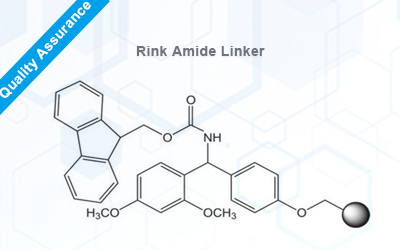
| Name | Rink Amide Linker | |
| Type | Resins | |
| CAS | 145069-56-3 | |
| Molecular Formula | C32H29NO7 | |
| Pack size | Price ( USD ) | Inventory |
| 25g | $140.0 | In stock |
| 100g | Make inquiry | In stock |

Omizzur Biotech Online Inquiry Form
Notice:
1.Omizzur follows strict guidelines on the use of private information.
2.For bulk inquiry or custom packaging: [email protected]
3.Our customer service staff will contact you in 1 hour. Please check your email

General Description
1.Prospects of Peptides
Nature contains peptide compounds that play a crucial role in human growth, diseases, aging, and death. They are bioactive substances involved in various cellular functions within the organism.
Chemists made peptides using artificial methods. Peptide research has made amazing progress due to advances in molecular biology and biochemical technology. In recent years, people have widely recognized alternative medicine, natural drugs, and natural therapies.
2. Principles of Solid-phase Peptide Synthesis
Solid-phase synthesis connects the hydroxyl group of the last amino acid in a peptide chain to a polymer resin. This covalent bond structure attaches to a solid-phase carrier. The amino acid loses its amino protection group and combines with excess activated hydroxyl to make the peptide chain longer.
Repeat the process of condensation, washing, deprotection, neutralization, and washing to achieve the desired peptide chain length. Finally, we cleave the peptide chain from the resin and purify it to obtain the desired peptide. learn more about peptide synthesis click: custom peptide synthesis
Which method detects the completion of peptide synthesis by connecting each amino acid during the synthesis process?
One way is to use the ninhydrin color reaction to find out. This connection closes the N-terminal, stopping it from staining with ninhydrin. To improve accuracy, the best way is to use quantitative detection. During the connection process, we can detect the degree of resin substitution.
3. Important parameters of resins: crosslinking degree, mesh size, degree of substitution, swelling degree.
1. The crosslinking degree refers to the extent of crosslinking in a material, the purpose is to create resin balls.
The more divinylbenzene added, the higher the crosslinking degree (DVB), and the best resin crosslinking degree is 1%. More crosslinking = less swelling, but less crosslinking = less stability when swollen.
Generally speaking, most resins sold have a crosslinking degree of 1%.
2. Resin ball size: Typically, commercially available resins have a mesh size of 100-200 (with an average diameter of 75-150 μm).
The degree of substitution is the amount of active reaction sites per gram of resin, measured in mmol/g. After Wang resin and CTC resin become available, we will load the first amino acid in the lab. However, these resins cannot achieve a 100% amino acid loading rate. Therefore, the degree of substitution should be re determined after this.
3. Swelling ability: The swelling ability of a resin in different solvents, expressed in ml/g. After the general market resin is available, we need to use solvent for swelling before use. Good swelling can increase the chances of reactants entering the site. Commonly used benign resin swelling solvents include DCM, DMF, and N-methylpyrrolidone.
4. Rink Amide Linker
Rink amide resin is the most commonly used resin for preparing peptide amides, with a functional group of amino groups. Usually, we use Rink amine resin with amino groups protected by Fmoc. Remove Fmoc first when loading the first amino acid, and then proceed to the normal coupling washing deprotection cycle.
The linker in Rink amine resin is stable. However, it requires a significant amount of TFA cracking. This cracking process can lead to side reactions similar to those observed with Wang resin. If the peptide chain contains Trp residues, we should also pay attention to similar side effects.
Rink Aminde Linker Synthesis

4 Resins Characteristics Summary
Name | Cracking Conditions | Cracking Products | Advantages | Disadvantages |
Wang-resin | High concentration TFA | Peptide acid | Cheap price, stable linker, high yield | Many side effects |
CTC-resin | Low concentration TFA | Peptide acid | Cheap price, it can avoid many side reactions of wang resin, can be used for fragment synthesis method | Very sensitive to water, the linker is unstable, which can affect the yield |
Rink amind Linker | High concentration TFA | Peptide amide | Cheap price, stable linker, high yield | Irregular cracking of linker produces many side reactions |
Sieber-resin | Low concentration TFA | Peptide amide | Used for fragment synthesis | High price |
Product Data Sheet
Synonym | Fmoc-Rink Amide Linker |
More synonym | 4-[(2,4-Dimethoxyphenyl)(Fmoc-Amino)Methyl]Phenoxyacetic Acid |
CAS | 145069-56-3 |
Molecular Formula | C32H29NO7 |
Molecular Weight | 539.6 |
Density | 1.3±0.1 g/cm3 |
Boiling Point | 776.3±60.0 °C at 760 mmHg |
Melting Point | 180ºC |
Flash Point | 423.3±32.9 °C |
Vapour Pressure | 0.0±2.8 mmHg at 25°C |
Storage condition | 2-8°C |
Shipping & Storage
Shipping by FedEx / DHL / by air, fast shipping worldwide.
Storage: 2-8°C
Ordering Guide:
Customer Service Center
 Quote Request :
Quote Request :
* Please mail us your product name, sequences / structural formula, CAS (if any), Omizzur customer services will get in touch with you within 1 hour.
Customer also viewed
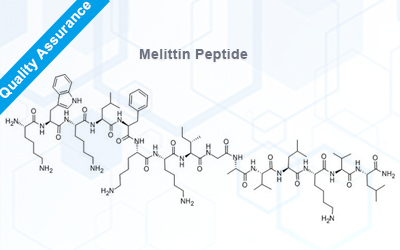 Melittin for Sale
Melittin for Sale
CAS:20449-79-0
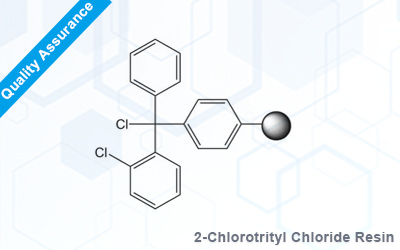 2-Chlorotrityl Chloride Resin
2-Chlorotrityl Chloride Resin
CAS:934816-82-7
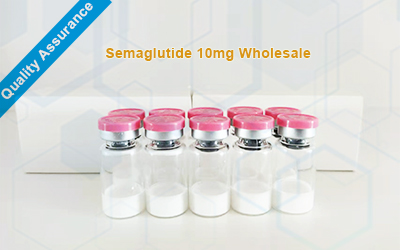 Semaglutide Peptide
Semaglutide Peptide
CAS:910463-68-2
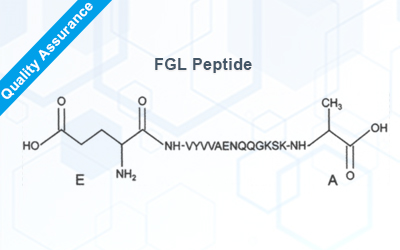 FGL Peptide
FGL Peptide
CAS:N/A
Enquiry & Ordering Form
Method 1
Simply email to [email protected] ,you will get a fast response within 1 hour.
Method 2
Submit the simple form to get the latest quotation. Notice:Omizzur follows strict guidelines on the use of private information.
Copyright © 2020 Omizzur Inc | Terms & Conditions | Privacy Notice | Sitemap